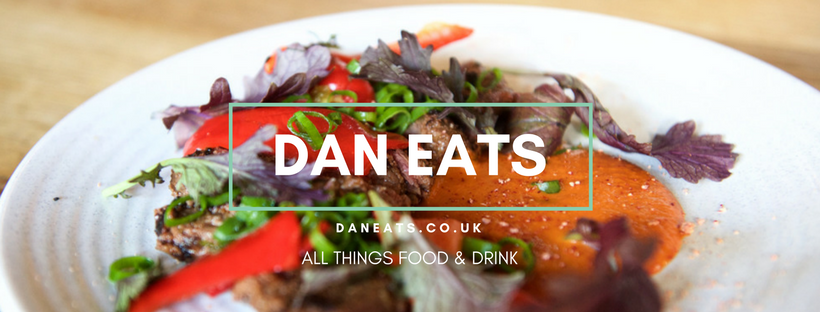
Chances are you’ve seen this copper and blue design before. It’s incredible how fast the intricate pattern that adorns Silent Pool gin has grown to reach such recognisable status across bars, homes and supermarkets.
While the branding is important to Silent Pool (80% of customers surveyed said that was the reason they first tried their gin), it’s something much deeper that drives them. The founders (Ian McCulloch and James Shelbourne) wanted to bring something of the Scottish whisky distilling ethos, the importance of the local water source, to gin production. Spring water sourced from the pool that the gin shares it’s name with naturally filters through layers of chalk from the nearby Surrey hills.

It’s a hugely exciting time for the distillery as growth among the saturated gin market has been very impressive. Last year alone, the distillery sold 300,000 bottles across 32 countries, from as far east as Singapore and as far west as Peru. This marks a huge jump from their launch in 2015 when they sold 45,000 bottles [source] (a 567% increase over the 4 years). At one point in 2016, their second year of production, sales of Silent Pool accounted for a third of all local Majestics Wine spirits sales [source], not bad for the new kid on the block.

Touring the distillery
My wife Kirstin had booked us onto a distillery tour as a birthday present for me as it’s somewhere we’d been meaning to go for a while. We’d had Silent Pool as the gin at our wedding just a short drive away from the distillery, and having both grown up nearby it’s always been great to support one of our ‘locals’.
It was really interesting to find out more about the recipe and reasons behind the choices of the 24 botanicals. From the honey produced in 100 hives at the neighbouring Albury Organic Vineyard, to one of the most expensive ingredients: bergamot. Not only this, but how each botanical is then treated differently based on the oils they give off and the impact on the gin’s flavour profile. Silent Pool gin is one of my favourites due to being so beautifully citrus forward, owing to the kaffir lime leaves, orange, lime, and bergamot.

Production behind the scenes
It took the distillers 650 iterations to land on what we now know as Silent Pool gin! Juliet (above), the handmade German copper still, was initially used to produce the Silent Pool gin but last year was superceded by Ophelia (they’ve gone with a Shakespearean theme) which is five times the size. Juliet is now used for the range of small batch experimental projects like their popular Apricot Amaro, as well as contract work for the likes of Hidden Curiosities, Foxhole and more.
Juliet is heated by ‘Major’ a steam boiler from the 1870s! Initially just a way to save money (it only cost them £4,000 vs the hundreds of thousands for a modern one) it’s become a key feature of the distillery and is fired using local wood from the Albury estate, helping to reduce fuel miles.
While the Silent Pool gin itself has 24 botanicals, the small batch projects stick to just 8. The Admiral Collingworth, their tasty navy strength offering, forms the base of the English Rose Gin, Damson Gin and Blackberry Gin Liqueur. It was great to get to sample the range, especially now they’ve got a new look and brought under the Silent Pool name having been known as Albury Limited Release. The Damson gin was a particularly interesting as an alternative to a Sloe gin.

It sounds like whisky may be on the horizon for the distillery too, as a further nod to their inspiration north of the border. The Surrey Hills Whisky Company was registered last year (2018) by the Silent Pool founders so watch this space.

The receipt of a grant from the European Agricultural Fund for Rural Development helped them to purchase an automated bottling production line in 2018. This has helped to see production grow from 1,600 bottles being filled by hand, to 6,000 in a day now. Not many gin distilleries can house automated bottling on site, with even the largest often sending the distilled spirits off to be bottled elsewhere. Investment like this can only help them to continue to keep up with demand and expand globally as the market for gin, and theirs in particular, shows no signs of slowing.
It’s a brilliantly informative tour about the mythology behind, and the production of one of my favourite gins out there and well worth a visit. Find out more about the tour options available as well as the other amazing events run at the distillery.
Top tip: If you’re coming from London and don’t fancy getting a taxi, there’s a local bus which stops at the distillery and goes from both Dorking or Guildford stations.
Read my blogs about other distillery tours at Sipsmith, Beefeater, and The Gin Kitchen.




